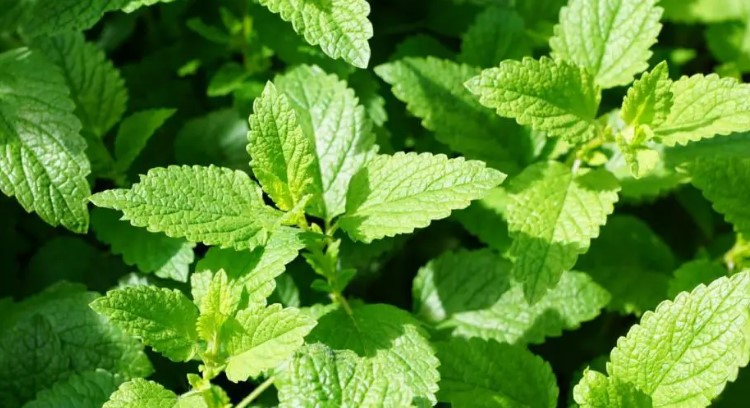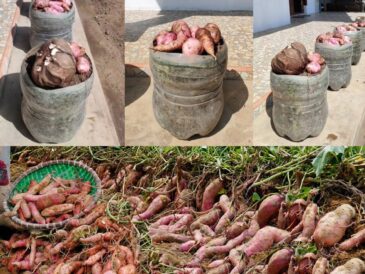Nurturing Your Minty Masterpiece:
- Regular Trimming: Regularly harvesting leaves encourages bushier growth and promotes essential oil production, intensifying the minty aroma. Pinch off new growth at the tips for a fuller plant.
- Deadheading: Remove any spent flowers to prevent seed production and redirect the plant’s energy towards foliage growth.
- Re-potting: As your mint plant matures and outgrows its container, re-pot it into a larger one with fresh potting mix every 1-2 years. Repotting also helps control its spreading tendencies.
The Art of Mint Multiplication:
Now, let’s explore techniques to multiply your minty bounty:
- Stem Cuttings: The method used for initial planting can be repeated to create new mint plants. Simply take fresh cuttings from your existing plant and follow the steps mentioned above.
- Division: This technique works best for established mint plants. Carefully remove the plant from its pot or the ground. Gently tease apart the root ball into sections, each containing healthy roots and shoots. Replant each section in separate pots with fresh soil.
Controlling Mint’s Enthusiasm:
Mint is notorious for its aggressive growth habit. Here are some tips to keep it in check:
- Container Choice: Opt for non-porous containers like glazed ceramic or plastic, as they help confine the roots.
- Root Barrier: If planting in the ground, consider using a root barrier to prevent it from taking over your garden.
- Regular Trimming: As mentioned earlier, consistent harvesting helps control its spread while providing fresh mint for your culinary creations.
Troubleshooting Common Mint Problems:
- Leggy growth: Insufficient light can cause this. Provide your mint with more bright, indirect sunlight.
- Brown or yellow leaves: This could indicate underwatering, overwatering, or nutrient deficiency. Adjust your watering schedule and consider fertilizing during the growing season.
- Pests and diseases: Mint is generally resistant to pests and diseases. However, watch out for aphids or powdery mildew. Address them with organic solutions like neem oil spray.
Conclusion:
With a little understanding of its needs and some TLC, you can cultivate a thriving mint plant that rewards you with an abundance of fragrant leaves. Remember, consistent care, proper watering, and strategic multiplication techniques will ensure your minty haven flourishes for
Pages: 1 2




